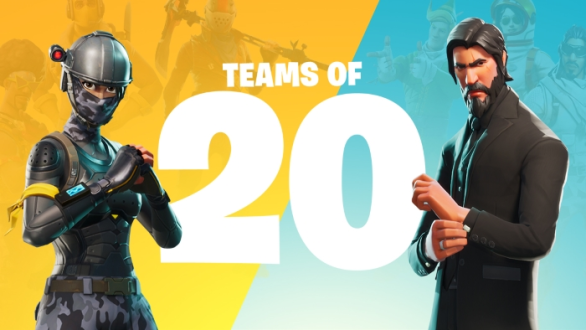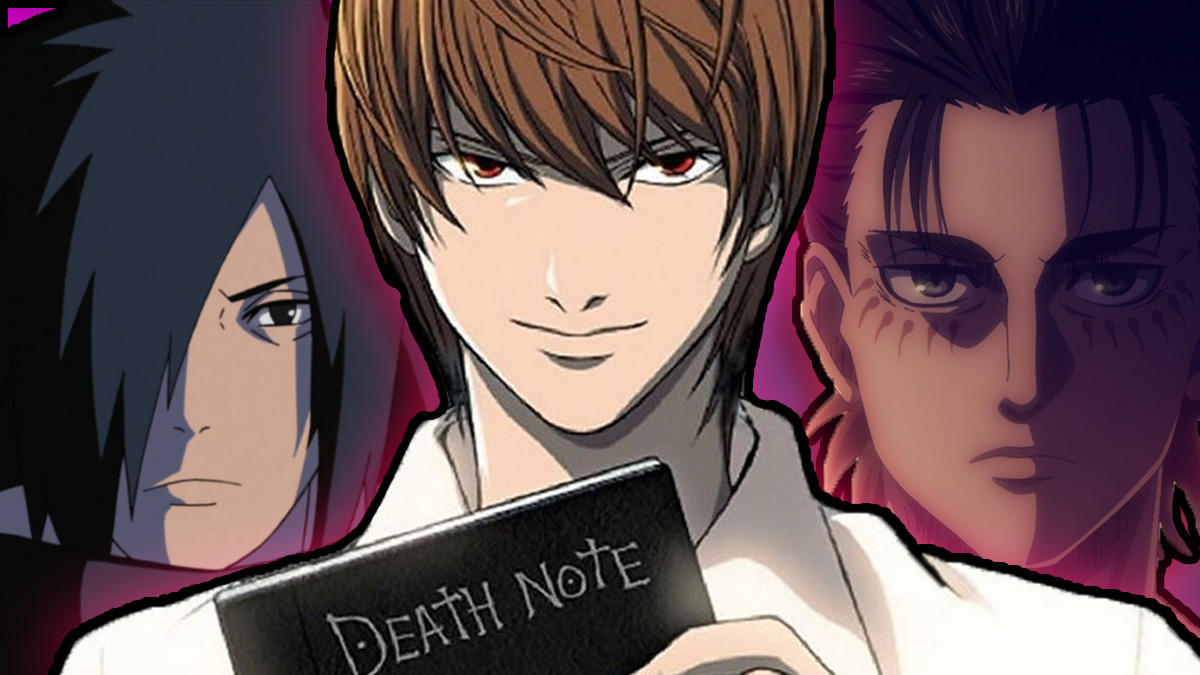An underdog no longer, Fortnite might have slipped into the battle royale scene through the back door but it’s fast become the hottest sensation in online gaming. The transformation has been truly astonishing to behold, especially considering that only six months ago, critics were lamenting Fortnite for “missing the point” of the battle royale experience and dismissing it as a poor imitation of the then dominant PUBG. But fast forward to 2018 and Bluehole Studios hasn’t just been knocked off its perch, Fortnite shows absolutely no signs of slowing in its popularity, and PUBG is trending the other way.
Epic’s free-to-play title truly has won over the hearts and minds of gamers, smashing all sorts of records in the process, and even finding itself so in vogue that it’s started etching itself into pop culture. Every publisher in the industry must surely be asking themselves how they go about replicating success on this sort of scale right now. But is there a template for this sort of stratospheric popularity or was a perfect storm of random events the foundation of this unstoppable force? The answer, as it turns out, isn’t black and white.
Fortnite Battle Royale was born in controversy. Its fast-follow approach to quickly emulate the gameplay loop that Brendan Greene’s PUBG was finding immense success with was a shrewd business strategy. PUBG’s PC-only availability and the promise of Xbox exclusivity left a Fortnite-shaped gap in the market that Epic wasted absolutely no time filling. And who could blame them? The developer had spent five years making Fortnite’s PvE experience, and after a mediocre reception, it wasn’t about to let that hard work dribble down the plug hole without one last big effort. And boy has it paid off.
Right from the off, Fortnite was great fun, and it deserved its impressive first-day player count of nearly one million players. Yet it was undoubtedly the attention drawn to it by developer Bluehole Studios that sparked an even greater interest in the game. Any publicity is good publicity, so the saying goes. Bluehole’s outrage at what it considered an unfair copycat strategy went far too public, and plastering the Fortnite name all over the media ultimately backfired.
Since that time, though, Epic hasn’t sat around riding the wave of console players looking for a quick and cheap battle royale game. It has worked tirelessly to shape the experience according to player feedback, all the while making sure to effectively communicate changes and keep players informed via its dev diary. There have been lots of helpful changes, from tiny balancing tweaks to complete overhauls. The game players love today has a level of polish that puts it a cut above its competitors. But the whole package has this wonderful sense of having been honed through a communal player/developer effort. Gameplay features like rocket riding – the ability to shoot teammates across the map – was an accident that ultimately ended up being kept because players were having such a blast (excuse the pun) making use of it.
Then there’s the tasteful and seamless way in which microtransactions have since been implemented into the game. It’s cosmetic items only, tied to a progression system that genuinely feels engaging and rewarding to be a part of. Fortnite’s ‘Seasons’ issue daily and weekly challenges that reward players with an in-game currency to purchase cosmetic customization items. There’s a one-off sign up fee, but it’s not too dear (certainly less than buying items individually) and it really does add satisfying progression to the game. It’s a system that’s differentiated itself from other multiplayer games that rely on loot boxes and one-time transaction items only, and by tying it to gameplay, the transition from totally free to optional microtransactions hasn’t received nearly the same sort of negativity amongst its community.

Perhaps the most important aspect of Fortnite’s success, though, has been in its accessibility. No, I don’t mean its free-to-play business model and multiplatform availability. That all ties into its accessibility, of course, but there’s something beyond that.
In every aspect, Fortnite feels like an inviting game that anybody can hop into and have a good time. The aesthetic, the mad fort building, its smaller map and shorter match times; Fornite is a quick-fire battle royale experience that can have you straight back into another round almost immediately after you’ve been killed. Where PUBG feels a stressful, high-stakes game, Fortnite is a more casual affair. Both have their merits, but there’s no doubt which one is starting to draw the bigger crowd thanks to an easier learning curve and quicker pace. Fortnite packs all the same tense and exciting gameplay without ever feeling overly punishing. It’s far easier to understand, and that’s hooking a crowd that’s likely to be more substantial than games like PUBG, which generally require a higher skill level and more detailed understanding of inventory management to get the most out of.
Ultimately, it’s also made Fortnite far more watchable from a spectator point of view. And in today’s gaming ecosystem, that’s immensely important.
Of course, Twitch numbers famously jumped even higher just the other week when popular streamer, Ninja, teamed up with rapper Drake for a few rounds. This bizarre event had gamers and fans losing their collective minds in a moment that might well be remembered as a highlight for the whole video gaming medium. It was a coming together of two worlds that many people thought had no crossover. But yes, as it turns out, superstar celebrities do occasionally just kick back and play some video games at home.
Ninja’s Twitch and YouTube numbers have shown strong growth since then, and his interviews on network news channels have helped shine an even brighter spotlight on Fortnite. The whole event has been a big win for Epic, and the game feels well on its way to morphing beyond just the “game of the moment” and into some more lasting and universally recognizable.
Its status as a household name looks even more assured since the game’s astoundingly impressive port to mobile. Somehow, Fortnite is not only available on the platform, it runs superbly well and is a genuinely enjoyable gameplay experience that supports cross-play with console and PC players. Successfully breaching this important market space is a big win for Epic, and it’s a victory that is truly going to see the game played and talked about everywhere.
Whether Epic can maintain Fortnite’s momentum remains to be seen, but all signs as of now suggest that there’s absolutely no slowing on the horizon. It isn’t even a fully released package yet on any device, and there are plenty of upcoming features teased for an introduction that promise to tweak the ebb and flow of gameplay in exciting ways. There’s been little time wasted backtracking updates to fix glitches and balancing issues, meaning that almost every patch has been well received. It’s been instrumental in building a level of trust between user and developer, but more importantly, it’s reinforced this sense that the sky really is the limit in terms of how big a force Fortnite is set to become in the gaming ecosystem.





Published: Apr 2, 2018 6:57 PM UTC